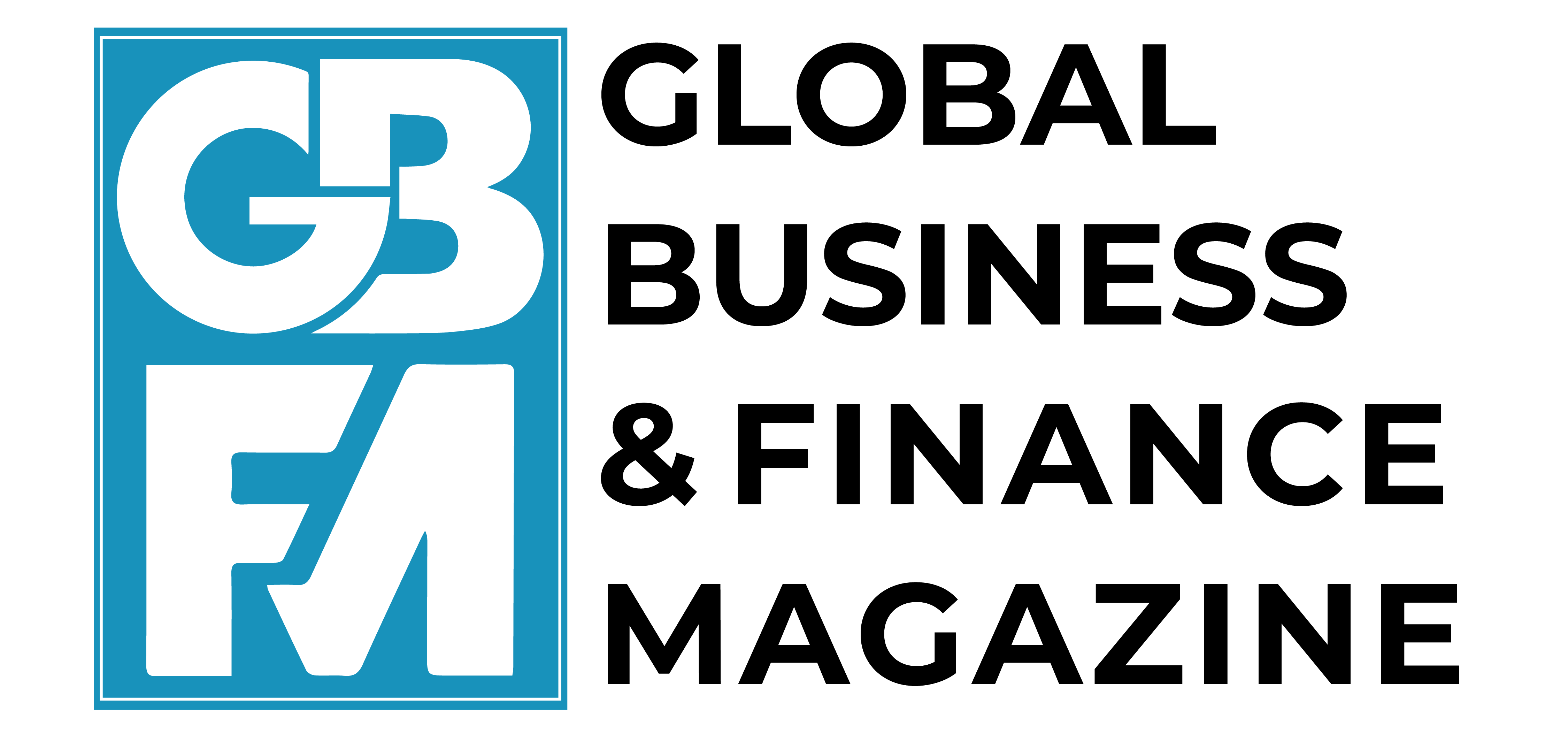The collapse of the Bretton Woods system has traditionally been cited as heralding a major shift towards floating exchange rates. The extent of this transition has recently been challenged. This column introduces a new index of global exchange rate fixity which is invariant to country boundaries and accounts for indirect relationships. It finds that global anchoring to the US dollar fell sharply after 1971, and global exchange rate fixity is now only about one-third of the Bretton Woods level. This potentially sheds new light on other important secular trends, including the dominant currency paradigm and the global financial cycle.
While the collapse of the Bretton Woods system in 1973 has traditionally been seen as heralding a major shift towards floating exchange rates, the extent of this transition away from fixed arrangements has been called into question by a ‘New Consensus’ view (Ilzetzki et al. 2022). We provide a new index to measure exchange-rate fixity at the global level, which restores the conventional account of international monetary history over the last 70 years. We highlight how the transition to floating arrangements was largely driven by anchor currencies ceasing to be pegged to one another. Our index indicates that global exchange rate regimes are currently nearly three times as flexible as they were prior to the 1971 Nixon Shock and that global anchoring to the US dollar halved over the same period.
The standard narrative of the contemporary evolution of the international monetary system, often framed within the context of the international macroeconomic trilemma (Obstfeld et al. 2005), suggests that the world transitioned decisively towards floating exchange rates after the collapse of the Bretton Woods system in 1973. This shift was seen as more compatible with open international capital markets than the fixed exchange rate regime that had characterised the Bretton Woods era.
However, this conventional wisdom has been challenged by a ‘New Consensus’ view (Ilzetzki et al. 2022). Reinhart and Rogoff (2004) first introduced classifications of exchange rate regimes based on actual exchange rate behaviour rather than official declarations. They showed that when focusing on de facto rather than de jure exchange rate arrangements, post-1973 exchange rates appear much more fixed than previously thought. Ilzetzki et al. (2019) extended the original country-level classification forward. When aggregating up country-level classifications at the global level, by computing the share of countries with fixed-exchange rate regimes (with or without GDP weighting), Ilzetzki et al. (2019) posit a strong continuity in exchange rate arrangements from the Bretton Woods era to the present along two key dimensions. First, they argue that the prevalence of flexible exchange rate arrangements is only marginally higher today than it was before 1973. Second, they contend that the US dollar’s role as a monetary anchor is as prevalent and, by some metrics, more significant today than it was during the Bretton Woods era. We revisit both conclusions in a recent paper (O’Rourke and Vicquéry 2025).
One mechanical reason why Ilzetzki et al. (2019) find higher shares of countries with fixed exchange rate arrangements, both in raw terms and weighted by GDP, is the classification of euro area members as having fixed exchange rates. Their approach is consistent with the macroeconomic trilemma framing their discussion, but contrasts with the IMF’s classification of these countries as floaters. While it is difficult to argue that countries like Ireland or Portugal have floating currencies, it is less obvious that Germany moved from a flexible to a fixed exchange rate with the creation of the euro in January 1999, and even less obvious that the euro area as a whole is not a floating rate entity. There is then a degree of arbitrariness in indices of global exchange rate fixity that rely on such judgement calls. For example, if the euro area countries were to pass a threshold of political integration for them to be considered a single, floating entity, the measures of global exchange rate fixity underpinning the ‘New Consensus’ would shift discontinuously downward. Another issue has to do with indirect peg relationships, something not considered by IRR. Consider the 1970 and 2000 panels in Figure 1, which uses IRR’s dataset to show how the network of direct and indirect pegged relationships evolved over 50 years. While in 1970 all pegged countries were indirectly pegged to one another, the de-pegging of European anchors from the US dollar after the Nixon shock led the way to multiple pegged networks.
To address these issues, we introduce a new index of global exchange rate fixity: an index that reflects the probability that two units of GDP, randomly selected anywhere in the world, will come from countries whose currencies are pegged against each other (O’Rourke and Vicquéry 2025). (In practical terms, we define a unit of GDP to be one international dollar.) Such an index boils down to computing the total number of GDP-unit matches involving either fixed exchange rates or a common currency (thus including within-country matches), relying on the classification of Ilzetzki et al. (2019), and dividing this by the total number of possible GDP-unit matches worldwide. The index therefore varies from 0 – a situation where each unit of global GDP has its own currency, all of which float against each other – and 1, in which there is a single world currency or a fixed exchange rate regime encompassing all currencies.
Figure 1 The evolving network of global peg relationships


Note: the figure represents the direct and indirect peg relationships included in our Index (O’Rourke and Vicquéry 2025). Each country is represented as a dot, the size of which reflects a country’s share in global GDP. “Anchors”, in dark navy, are countries to which more than one other country are directly pegging to. Floaters (incl. managed floaters) are represented as a red dot to the right of each panel. Euro area members and euro peggers are represented as pegged to Germany in 2000 but – as explained in the text – this is irrelevant to how our index is calculated.
Our index is therefore invariant to reclassifying the euro area from being a collection of 20 separate countries, all pegged to each other, to a single floating entity. In our measurement, such a reclassification would simply shift some GDP-unit fixed exchange rate matches from being between countries to being within one. Another useful feature of our index is that it allows us to consider indirect fixed-exchange-rate relationships, e.g. the fact that, during the Bretton Woods era, peggers to the British pound were also indirectly pegged to the US dollar, given that the former was anchored to the latter. The relevance of doing so is immediately apparent when looking at the network of peg relationships in Figure 1. Finally, a key distinctive feature of our index is that it takes into account the fact that countries in a pegged relationship vis-à-vis some partners may be floating against others.
Figure 2 compares our index to the global share of countries with fixed exchange-rate regimes, with or without GDP-weighting, which underlie the conclusions of Ilzetzki et al. (2019).
Figure 2 Prevalence of fixed exchange rate arrangements now and then


Note: The figure compares the baseline index presented in O’Rourke and Vicquéry (2025), encompassing all possible ranks of indirect pegs, to a version of the same index relying on direct pegs only, and to aggregate measures of global exchange rate fixity analogous to the ones presented in Ilzetzki et al. (2019) (the share of countries with fixed exchange rate regimes, with and without GDP weighting). A higher value indicates a greater prevalence of fixed exchange rates.
Our baseline index shows a larger shift from floating to fixing, compared to measures similar to Ilzetzki et al. (2019), in the aftermath of WWII. This is driven by indirect pegs, as anchor currencies became pegged to one another. Indirect pegs are crucial in explaining the high level of fixity during the Bretton Woods period. Both types of indices capture a decline in global exchange rate fixity after President Nixon suspended the convertibility of the US dollar into gold in August 1971 – bringing to an end a key aspect of the Bretton Woods system – and an increase in fixity starting in the 1990s. However, our index aligns with the view that flexible exchange rate regimes have become more prevalent since the 1971 Nixon Shock. Currently, only about 25% of GDP matches are pegged, vs. around 75% during the Bretton Woods’s heyday, indicating that global exchange rate fixity is now one-third of what it used to be before 1971. This contrasts with measures like Ilzetzki et al. (2019), which show that around 70% of global exchange rate regimes (close to 50% on a GDP-weighted basis) have been consistently fixed since the 2000s. Our index also shows the relevance of accounting for indirect pegs when assessing the evolution of exchange-rate arrangements in recent history. Comparing versions of our index computed with or without indirect peg links shows that most of the post-Nixon shock discontinuity can be accounted for by the fact that major anchor currencies stopped being pegged to one another via US dollar anchoring.
Our index can also be tweaked to look at a separate question: the prevalence of anchoring arrangements to a certain currency, regardless of whether exchange rates are fixed (for example as part of a managed float). Here, we focus on anchoring to the US dollar. The nature of the matches in this case is different because anchoring is asymmetric: while the UK might anchor to the US dollar, the opposite is not true, although anchoring might then result in a symmetric pegging relationship between the US and the UK.
Figure 3 again contrasts our US dollar anchoring index, with or without indirect linkages, to the share of countries anchored to the US dollar, with or without GDP weighting. Consistent with the claim by Ilzetzki et al. (2019) that dollar anchoring is by some metrics now higher than it was during the Bretton Woods era, the share of countries anchored to the dollar has increased from around 40% prior to the Nixon Shock to more than 50% today. The GDP-weighted measure shows current levels of dollar dominance slightly lower (roughly 70%) than during the Bretton Woods peaks (roughly 80%). Our index, however, tells a different story. Considering only direct anchoring, dollar anchoring declined from a peak of roughly 40% of GDP-unit matches to a stable level of 20-25% post-Bretton Woods. Including indirect anchoring shows a halving of global US dollar anchoring since Bretton Woods, from nearly 100% of GDP-unit matches to around 50% today. Interestingly, the rise of dollar anchoring during the ‘fear of floating’ 1990s is almost entirely driven by indirect linkages, i.e. emerging markets finding themselves indirectly anchored to the same currency.
Figure 3 Prevalence of US dollar anchoring now and then


Note: The figure compares the baseline index of US dollar anchoring presented in O’Rourke and Vicquéry (2025), encompassing all possible ranks of indirect anchoring, to a version of the same index relying on direct anchoring relationships only, and to aggregate measures of US dollar anchoring analogous to the ones presented in Ilzetzki et al. (2019) (the share of countries anchored to the US dollar with or without GDP weighting). A higher value indicates a greater prevalence of US dollar anchoring.
In conclusion, a new index of global exchange rate fixity, invariant to country boundaries and accounting for indirect relationships, restores the traditional account of the evolution of exchange rate arrangements since 1971. We show that, once one accounts for indirect linkages, the Nixon Shock struck a significant blow to global anchoring to the US dollar and that global exchange rate fixity is now only about a third of its Bretton Woods level. This potentially sheds new light on other important secular trends in the international monetary system, including the dominant currency paradigm (Gopinath et al. 2020) and the global financial cycle (Miranda-Agrippino and Rey 2022). For example, the global rise of dominant currency pricing (Boz et al. 2022) as well as the decline of foreign exchange volatility among major currencies (Ilzetzki et al. 2020) since the end of Bretton Woods can be thought of as a partial substitute for declining exchange rate fixity.
Source : VOXeu



































































